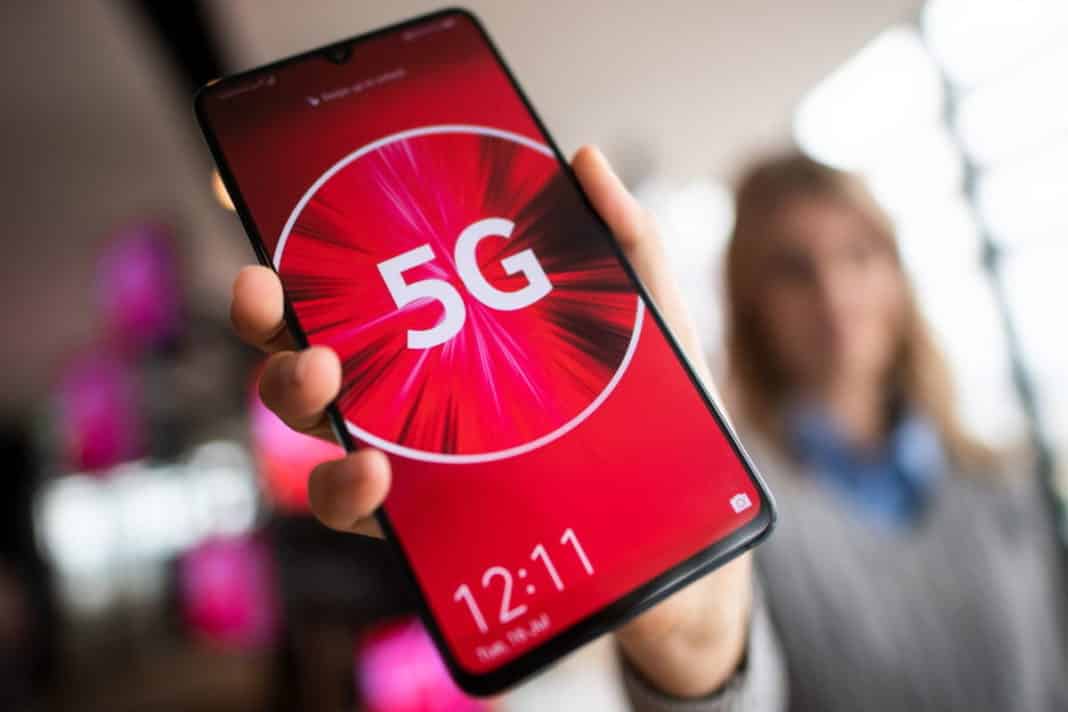Vodafone will connect a total of 141 municipalities in the Valencian Community with 5G, progressively until the end of the year, after acquiring 2×10 MHz of spectrum in the 700 MHz band in July.
In this first deployment, the operator has included 15 rural towns with less than 1,000 inhabitants. Added to these are 94 municipalities with fewer than 25,000 inhabitants, 18 with fewer than 50,000 and 14 with more than 50,000. In total, more than 3.6 million Valencians will be able to access a 5G service that was already available in the capitals of Valencia, Alicante and Castelló.
The municipalities that will begin to enjoy the 5G options with Vodafone are València, Ontinyent, Alberic, Aras de los Olmos, Beniflà, Benigànim, Bugarra, Llíria, Pinet, Quesa, Utiel, Xàtiva, La Yesa, Gandia , Sagunt, Agullent, Albaida, Albalat de la Ribera, Algemesí, Alginet, Almoines, Almussafes, Atzeneta d’Albaida, Beneixida, Benifaió, Canals, Carlet, Corbera, Faura, Favara, Llaurí, la Llosa de Ranes, Massalavés, Moncada, Nàquera, Oliva, Paterna, Petrés, Picassent, Puçol, Puig de Santa Maria, Riba-roja de Túria, Silla, Sollana, Tavernes de la Valldigna, Xeraco, Xeresa, Alcàsser, Alzira, Bellreguard, Bocairent, Canet d’en Berenguer , Catadau, Cullera, Cheste, Daimús, Godelleta, Miramar, Montroi, Pedralba, la Pobla de Vallbona, Serra, Sueca, Tuéjar and Vilamarxant.

In the province of Alicante, the municipalities that will have the 5G service are Alcoi, Benidorm, Elda, Sant Vicent del Raspeig, Albatera, l’Alfàs del Pi, Almoradí, Altea, Benissa, Busot, Callosa de Segura, Calp, el Campello, Castalla, Cocentaina, Cox, Crevillent, Daya Nueva, Dénia, Elx, Gata de Gorgos, Ibi, Llíber, Monforte delCid, Los Montesinos, Muro d’Alcoi, Mutxamel, la Nucia, Ondara, Orihuela, Pedreguer, Pilar de la Horadada, els Poblets, Polop, Rafal, Relleu, Rojales, La Romana, San Miguel de Salinas, Sax, Vila Joiosa, Guardamar del Segura, Castell de Castells, Xàbia, Sant Joan d’Alacant, Santa Pola, Tibi, Torrevieja, el Verger and Alicante .
Meanwhile, in the province of Castelló, the municipalities are Vila-real, Castelló de la Plana, Eslida, Peñíscola, Sant Jordi, San Rafael del Río, Villanueva de Viver, Alcalà de Xiver, Almassora, Almenara, Alqueries, Benicarló, Benicàssim, Cabanes, Xilxes, Llosa, Moncofa, Nules, Oropesa del Mar, Santa Magdalena de Pulpis, Torreblanca, Vall d’Uixó, Vilavella, Vinaròs, Burriana and Càlig.
Thanks to the 5G network, the residents of these municipalities will have connectivity to download content five times faster than with 4G, lower latency to be able to view or play online without delays and the possibility of having a greater number of devices connected automatically simultaneously without losing quality. In addition, the 5G network at the 700 MHz frequency will make it possible to expand the coverage footprint extensively and offer better coverage also inside buildings, with high bandwidth availability.
“One of the great accelerators of digitisation is 5G and for this reason, already in 2019, we decided that we had to be the first operator to market this service to our customers in the Valencian Community,” said Antonio Álvarez, regional director of Vodafone in Levante and the Balearic Islands, to which he added that «the 5G network was already available in Alicante, Castelló and València, and we will end the year with a total presence in 141 municipalities, with the aim of leaving no one behind and accelerating the recovery and taking advantage of the digital transformation”.





